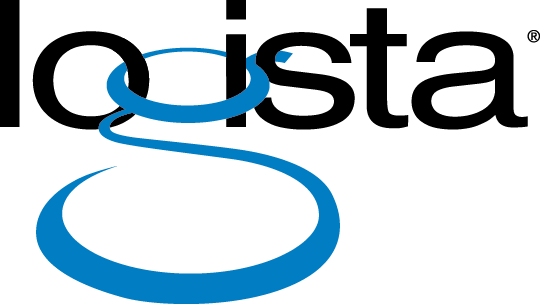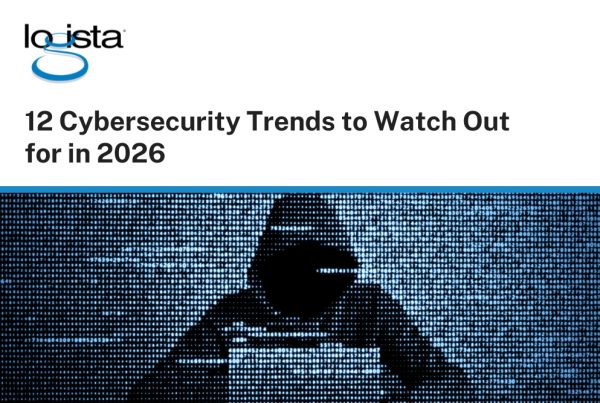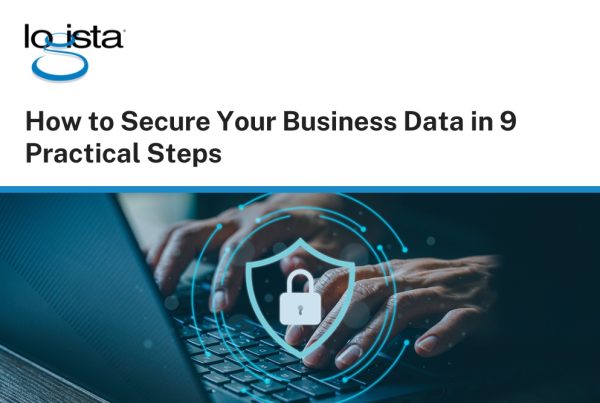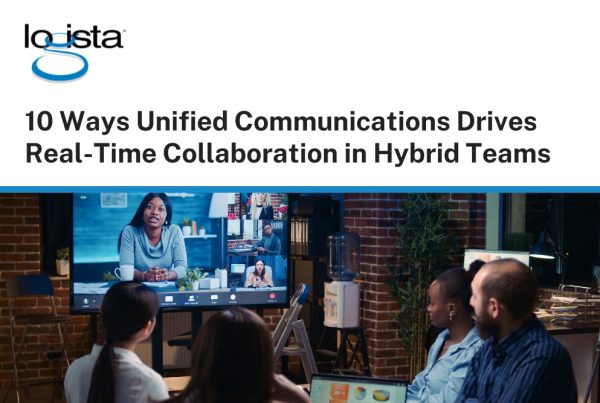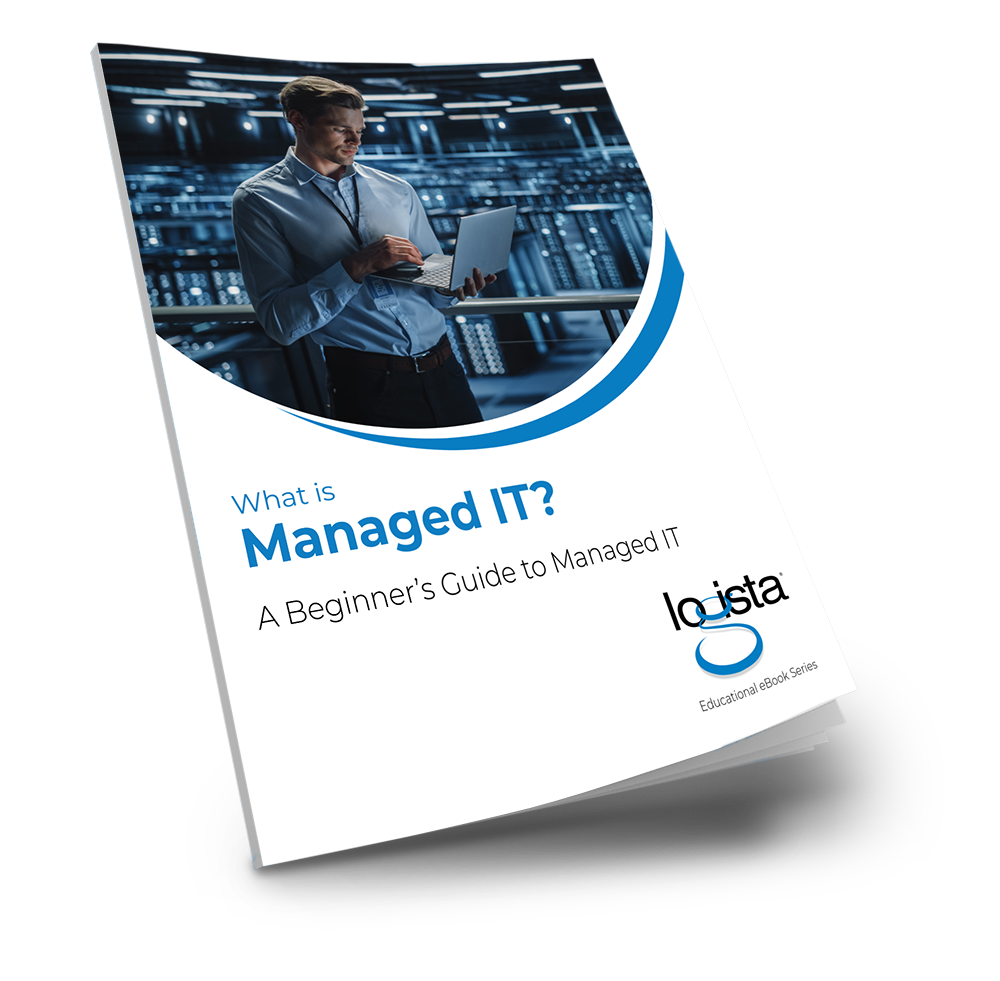Today, your username and password are simply not enough to protect you and your online accounts, apps, or remote access for work from cyber criminals. Multi-Factor Authentication (MFA) is a more secure option for preventing unauthorized access and should be included in creating a strong identity and access management. Here we will explain the basics of MFA, why it is so important, and give examples of how it is used for authentication.

MFA is More Than a Password
MFA helps enhance security beyond what a username and password can provide. It tightens up security and reduces the risk of brute force attacks, theft of passwords through security breaches or simple human error or negligence. MFA adds the requirement of additional verification to permit access.
You might see the term MFA used interchangeably with two-factor authentication (2FA). Technically, it is not the same as 2FA because 2FA is considered a subset of MFA. Multi-Factor Authentication is two or more factors of authentication while 2FA limits the number of factors to only two.
Many people encounter MFA when they first set up an account and need to verify they are who they say they are. They may receive a one-time password (OTP) send to their smartphone or email that must be used within a specific amount of time to have their account authenticated.
Most Common Methods of MFA Authentication
There are multiple methods of MFA authentication in use. However, there are three types that are most commonly used:

- Knowledge, which is something that you know
- Password
- PIN
- Answers to personal security questions that you set up in your accounts
- OTPs
- Possession, which is something that you have
- OTPs sent via text to your smartphone or email
- OTPs generated by smartphone apps
- Software tokens or certificates
- Smart cards, access badges, security keys, or USB devices
- Inherence, which is something that you are
- Biometrics, such as fingerprints, iris or retina scan, or voice or facial recognition
- Behavioral analysis
MFA authentication methods continue to evolve as artificial intelligence and machine learning authentication methods are integrated into them. For example, more advanced MFA authentication methods involve location-based methods that screen a user’s IP address. For example, if the user normally logs into their USA-based account from the United States, it would be suspicious and warrant further authentication if suddenly they were logging in from a country known for suspect cyber behaviors.
Risk-based or adaptive authentication is another advanced MFA authentication method. It involves analyzing established behavior norms or context of risk when someone attempts to login to their account, such as logging in with a device never used before or at an odd hour.
Newer Technologies Demonstrate the Need for MFA
As more computing moves to the cloud and remote workplaces continue to become the norm, the need for MFA has become even more urgent. For the most part, cloud computing is relatively secure, but that does not absolve all security risks. Additional authentication, such as what is offered through Multi-Factor Authentication is needed to weed out bad actors and prevent them from accessing systems. MFA makes it extremely difficult for cybercriminals to user passwords or fraudulently imitate legitimate users.
About Logista Solutions
Logista Solutions is a nationally recognized leader in a broad range of technology management solutions. As one of the largest technology support providers in the U.S., Logista provides innovative and holistic solutions to help companies take control of their IT infrastructure and achieve better business outcomes. Popular services include Managed IT as a Service, VoIP and Unified Communications, Managed Print, Cloud Services and Asset Disposition.
